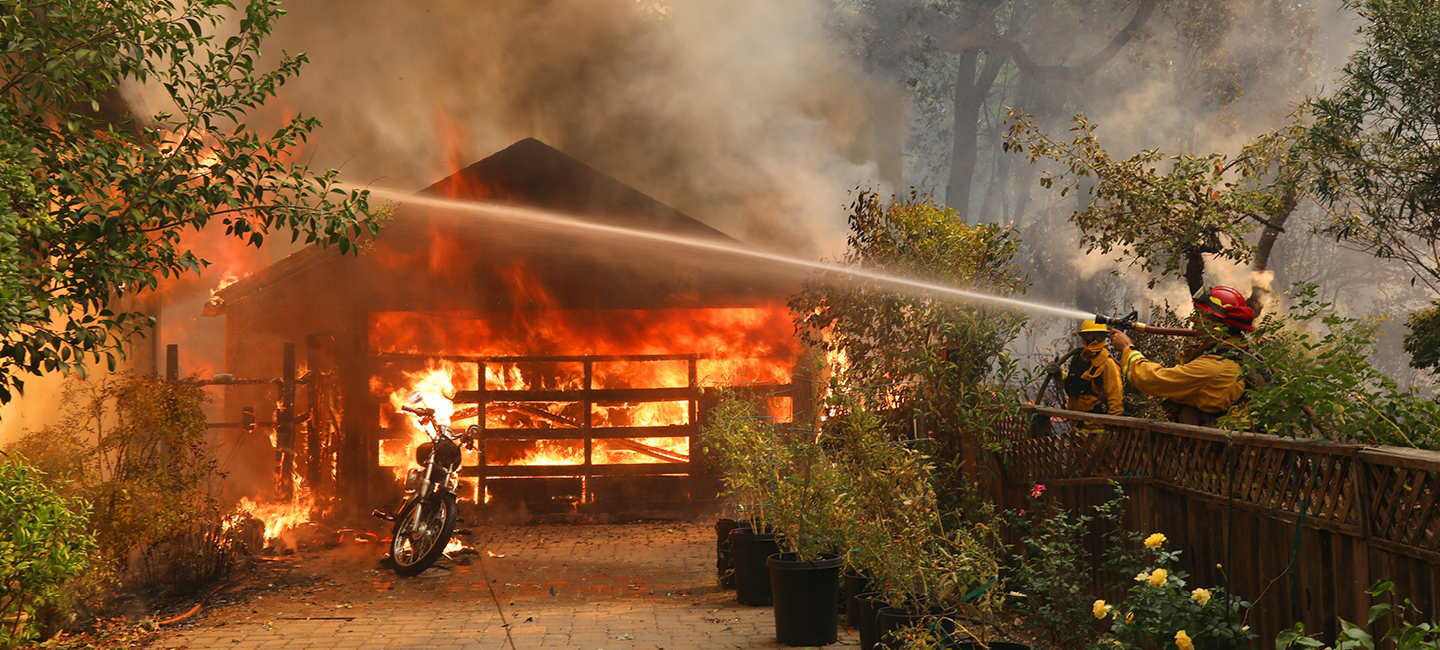With roads still blocked by the police and fires still raging across broad swaths of Northern California, Matt Lenzi hiked through smoke-choked vineyards and waded in the Napa River to reach the home his father lived in for 53 years. In its place, he found only blackened debris, blackened earth, and ash.
“Every piece of vegetation was gone,” Lenzi said on Tuesday. He had gone back to his home in the vain hope of finding the pet cat that his father, Carl Lenzi, who is in his 80s, left behind when he fled for his life. “Even the barbecue melted.”
The fires ravaging California’s wine country since Sunday night—part of an outbreak of blazes stretching almost the entire length of the state—continued to burn out of control Tuesday. By Sunday, the toll rose to more than 40 people confirmed dead, hundreds hospitalized, and an estimated 2,000 buildings destroyed or damaged. But with many people still missing and unaccounted for, and some areas still out of reach of emergency crews, those figures are almost certain to rise, state and local officials warned. The cause of the fires is still under investigation, but dry conditions after a hot summer might be partly to blame, Ken Pimlott, director of the California Department of Forestry and Fire Protection, told CNN.

